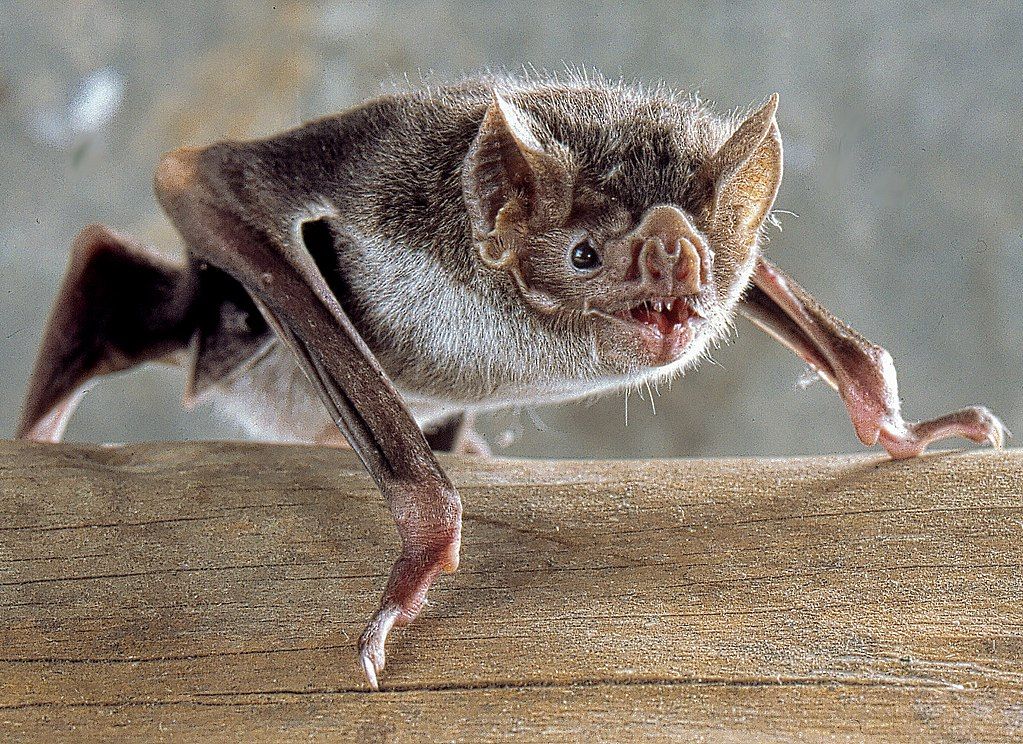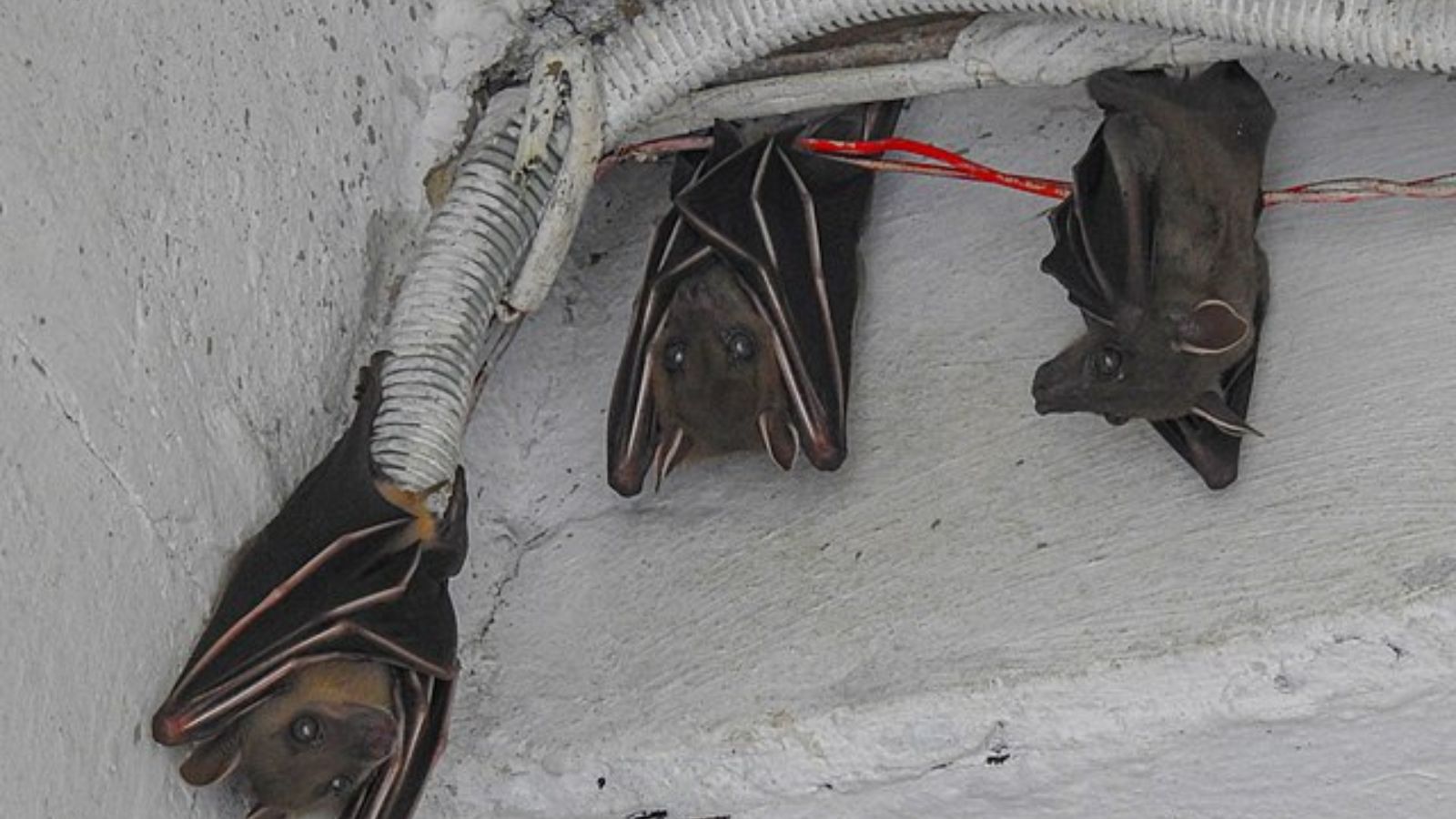In a concerning incident reported by the Minnesota Department of Health, a resident has succumbed to rabies after coming into contact with a bat in July. This unfortunate event is especially rare, as the U.S. sees fewer than 10 rabies-related deaths each year, according to the U.S. Centers for Disease Control and Prevention (CDC). The individual, who was over 65 years old, was exposed to the bat in western Minnesota, prompting officials to launch an investigation into potential additional exposures.
The rabies diagnosis was confirmed by the CDC’s laboratory in Atlanta on September 20. In response to the situation, the Minnesota Department of Health is evaluating any other possible exposures to the virus, although they have assured the public that there is currently no ongoing risk. The rarity of rabies fatalities underscores the importance of being aware of potential rabies exposure and the necessary precautions to take.

Officials have emphasized the need for the public to avoid contact with bats, as their bites can be subtle. The teeth of bats are small, making it possible for an individual to be bitten without feeling it or noticing any marks. This poses a significant risk, as unrecognized bites can lead to severe health consequences if not treated promptly.
Rabies is a serious viral infection that primarily affects the central nervous system and is often fatal in both animals and humans if left untreated. Health officials have reiterated that while the disease is nearly always fatal after the onset of symptoms, timely treatment can effectively prevent rabies if administered soon after exposure. It is crucial for individuals to seek medical attention immediately if they suspect they have been exposed.
In addition, Dr. Stacy Holzbauer, a public health veterinarian, has called for pet owners to ensure their pets and livestock are vaccinated against rabies. Historically, the number of rabies-related human deaths in the United States has decreased significantly, from over 100 in the early 1900s to fewer than five in recent years. Notably, around 70% of rabies cases in the U.S. are attributed to bat exposures, highlighting the need for continued public awareness and preventive measures.
